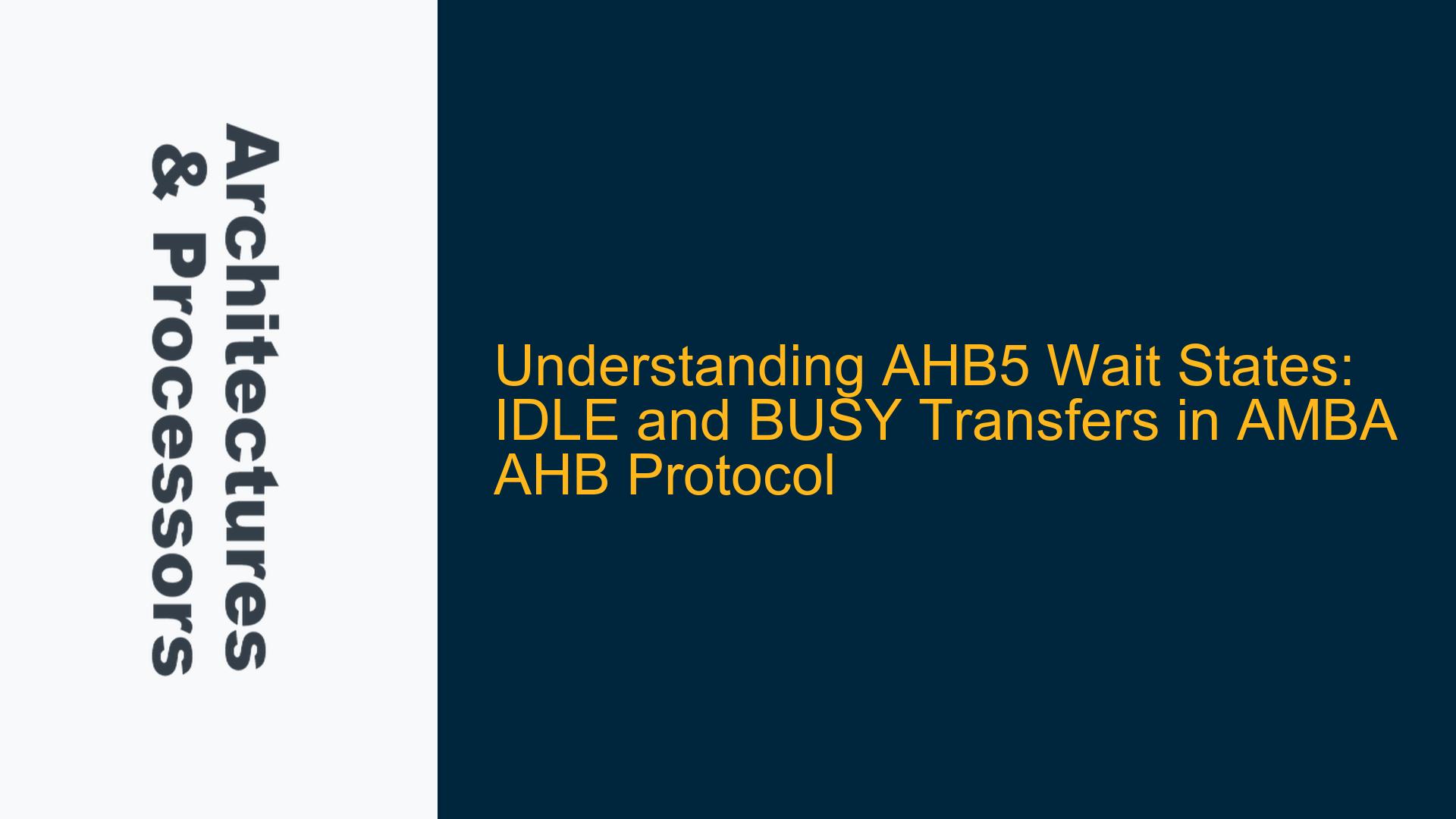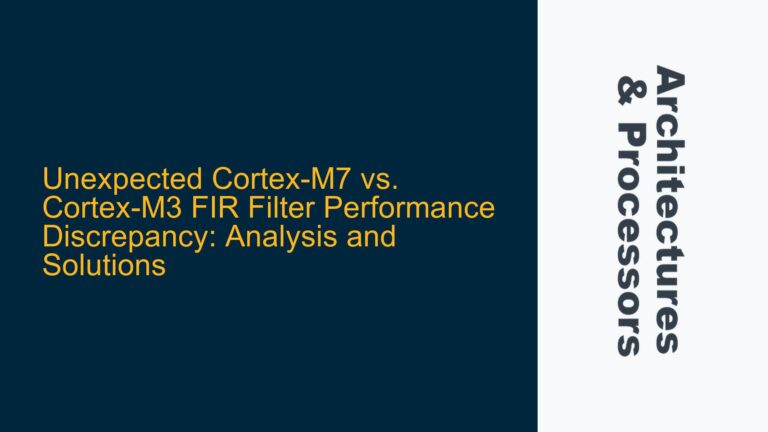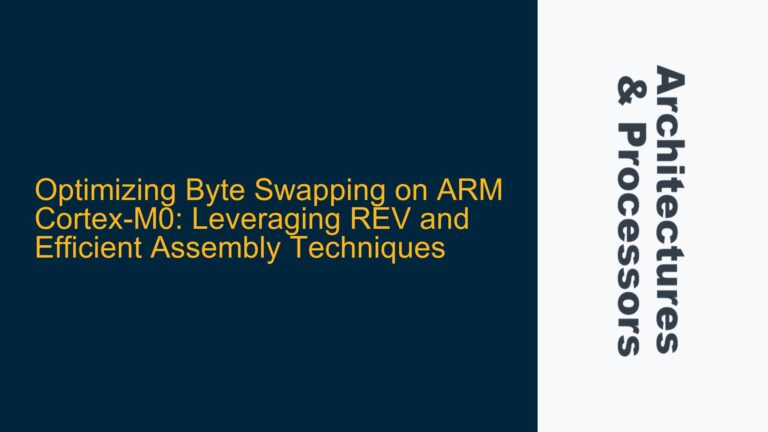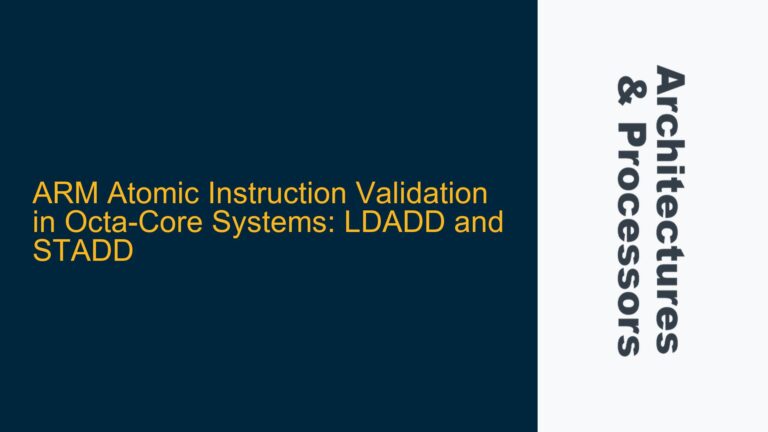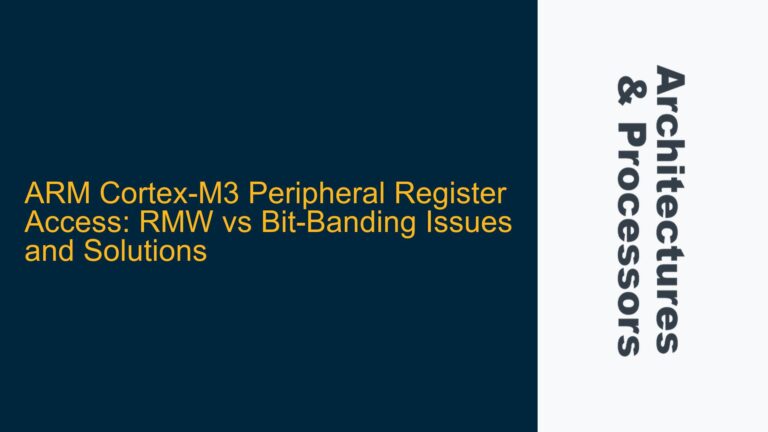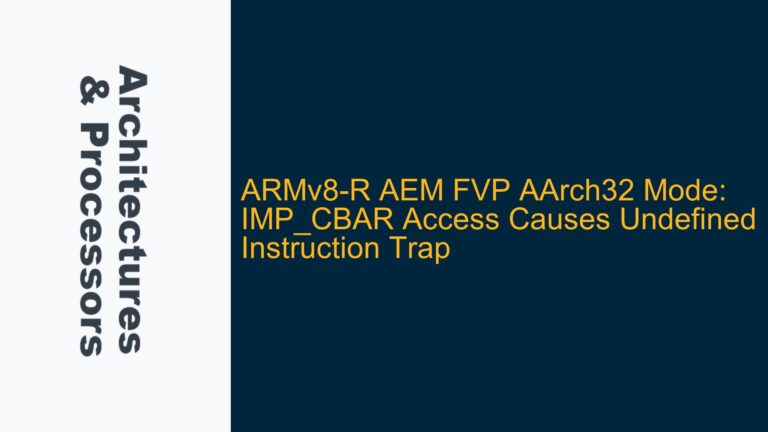AHB5 Protocol: IDLE and BUSY Transfers in Data Transfer Sequences
The AMBA AHB5 protocol is a critical component in ARM-based SoC designs, governing the communication between masters and slaves through a shared bus. One of the key aspects of the AHB5 protocol is the management of wait states using IDLE and BUSY transfers. These transfers are essential for maintaining efficient data flow, especially in scenarios where the master or slave requires additional time to process data or prepare for the next transaction.
In the AHB5 protocol, the HTRANS signal is used to indicate the type of transfer being initiated by the master. The two primary types of wait states are IDLE and BUSY. An IDLE transfer indicates that the master has no data to transfer in the current cycle, while a BUSY transfer is used when the master is in the middle of a burst but is not yet ready to proceed to the next transfer. Understanding the conditions under which these transfers are used, and their implications on address and control signals, is crucial for designing and verifying AHB5-compliant systems.
The AHB5 protocol specifies that the master must insert IDLE or BUSY transfers when it cannot immediately proceed with the next data transfer. This requirement ensures that the bus is not left in an undefined state, which could lead to data corruption or system instability. The insertion of IDLE or BUSY transfers also allows the master to manage its internal state, such as updating address pointers or reconfiguring control signals, without disrupting the overall data flow.
Master-Slave Synchronization and Address/Control Signal Management
The insertion of IDLE and BUSY transfers in the AHB5 protocol is closely tied to the synchronization between the master and slave, as well as the management of address and control signals. When a master initiates a transfer, it must ensure that the address and control signals are correctly aligned with the type of transfer being requested. This alignment is particularly important in burst transfers, where the address and control signals must be updated sequentially for each transfer in the burst.
In the case of an IDLE transfer, the master typically does not have any data to transfer, and the address and control signals may be set to default values. However, if the master subsequently initiates a NONSEQ transfer, it must update the address and control signals to reflect the new transfer type. This update is necessary because the address and control signals for an IDLE transfer are unlikely to be suitable for a NONSEQ transfer. For example, the address for an IDLE transfer might be set to a default value, while the address for a NONSEQ transfer must point to the specific location in memory where the data is to be written or read.
In contrast, a BUSY transfer is used when the master is in the middle of a burst but is not yet ready to proceed to the next transfer. In this case, the address and control signals are typically maintained from the previous transfer, as the burst is still ongoing. However, if the master decides to terminate the burst prematurely, it must update the address and control signals to reflect the new transfer type. This update is necessary because the address and control signals for a BUSY transfer are specific to the ongoing burst and may not be suitable for a new NONSEQ transfer.
The management of address and control signals during IDLE and BUSY transfers is further complicated by the need to handle error responses from the slave. If the slave returns an ERROR response during a burst transfer, the master must terminate the burst and update the address and control signals accordingly. This update ensures that the master can recover from the error and continue with subsequent transfers without causing data corruption or system instability.
Implementing and Verifying AHB5 Wait State Handling in RTL Design
Implementing and verifying the handling of IDLE and BUSY transfers in an AHB5-compliant RTL design requires a thorough understanding of the protocol specifications, as well as careful consideration of the timing and synchronization requirements. The following steps outline a systematic approach to implementing and verifying AHB5 wait state handling in an RTL design.
First, the RTL design must include logic to generate IDLE and BUSY transfers based on the master’s internal state. This logic should be designed to ensure that IDLE transfers are inserted when the master has no data to transfer, and BUSY transfers are inserted when the master is in the middle of a burst but is not yet ready to proceed to the next transfer. The logic should also handle the updating of address and control signals when transitioning from IDLE or BUSY transfers to NONSEQ or SEQ transfers.
Second, the RTL design must include logic to handle error responses from the slave. This logic should be designed to terminate ongoing bursts and update the address and control signals when an ERROR response is received. The logic should also ensure that the master can recover from the error and continue with subsequent transfers without causing data corruption or system instability.
Third, the RTL design must be verified using a comprehensive testbench that covers all possible scenarios for IDLE and BUSY transfers. The testbench should include test cases for normal operation, as well as edge cases such as error responses and premature burst termination. The testbench should also include checks to ensure that the address and control signals are correctly updated during transitions between IDLE, BUSY, NONSEQ, and SEQ transfers.
Finally, the RTL design should be validated using formal verification techniques to ensure that it complies with the AHB5 protocol specifications. Formal verification can be used to prove that the design correctly handles all possible sequences of IDLE and BUSY transfers, and that the address and control signals are always correctly aligned with the type of transfer being requested.
In conclusion, the handling of IDLE and BUSY transfers in the AHB5 protocol is a critical aspect of ARM-based SoC design and verification. By understanding the conditions under which these transfers are used, and their implications on address and control signals, designers can ensure that their RTL designs are compliant with the AHB5 protocol and can handle all possible scenarios for data transfer. Through careful implementation and comprehensive verification, designers can achieve robust and reliable AHB5-compliant systems that meet the performance and reliability requirements of modern SoC designs.
